Recently, I discovered an interesting development board.
This development board integrates ARM cores, NPU cores, and even FPGA cores.
It is the newly released YM90X development board from Mill.

It is based on the chip developed by Anlu Technology.
Shanghai Anlu Information Technology was listed on the Shanghai Stock Exchange’s Science and Technology Innovation Board in 2021, becoming the first publicly listed company in A-shares focused on FPGA business.

The YM90X development board uses Anlu’s SALDRAGON1 (Feilong 1, hereinafter referred to as DR1) series FPSoC.

FPSoC combines ARM and RISC-V processors with Anlu’s FPGA programmable logic core on a single chip, interconnected via a high-bandwidth bus.
It is similar to AMD’s ZYNQ.
DR1 uses two Cortex-A35 cores with a maximum operating frequency of 1GHz. The performance of the Cortex-A35 core is similar to that of the Cortex-A5, achieving 80-100% performance at the same frequency. Under the same task execution, the Cortex-A35 consumes only 68% of the power of the Cortex-A53, making it much more efficient.
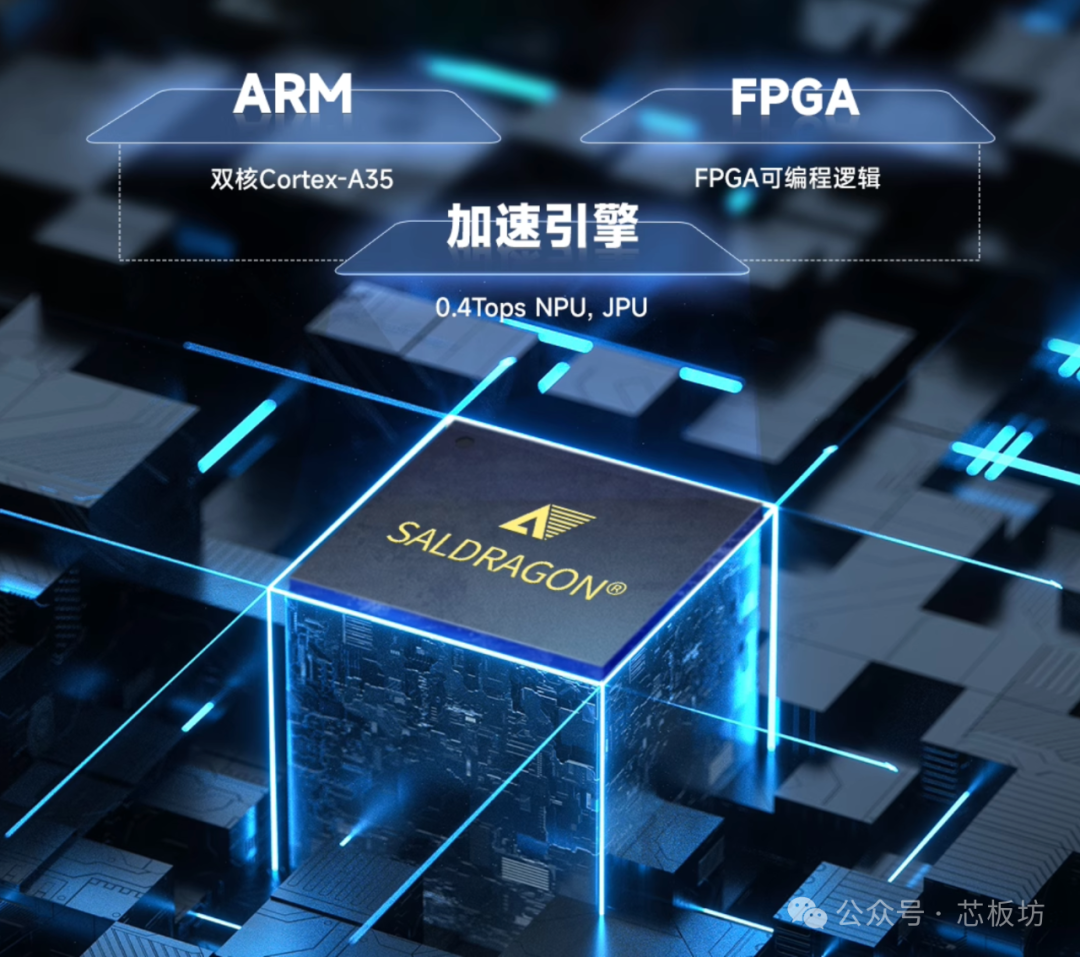
It features a 0.4TOPS NPU, supporting JPEG encoding and decoding. It also includes an external watchdog.

The FPGA has 95K LUTs, which is quite impressive.
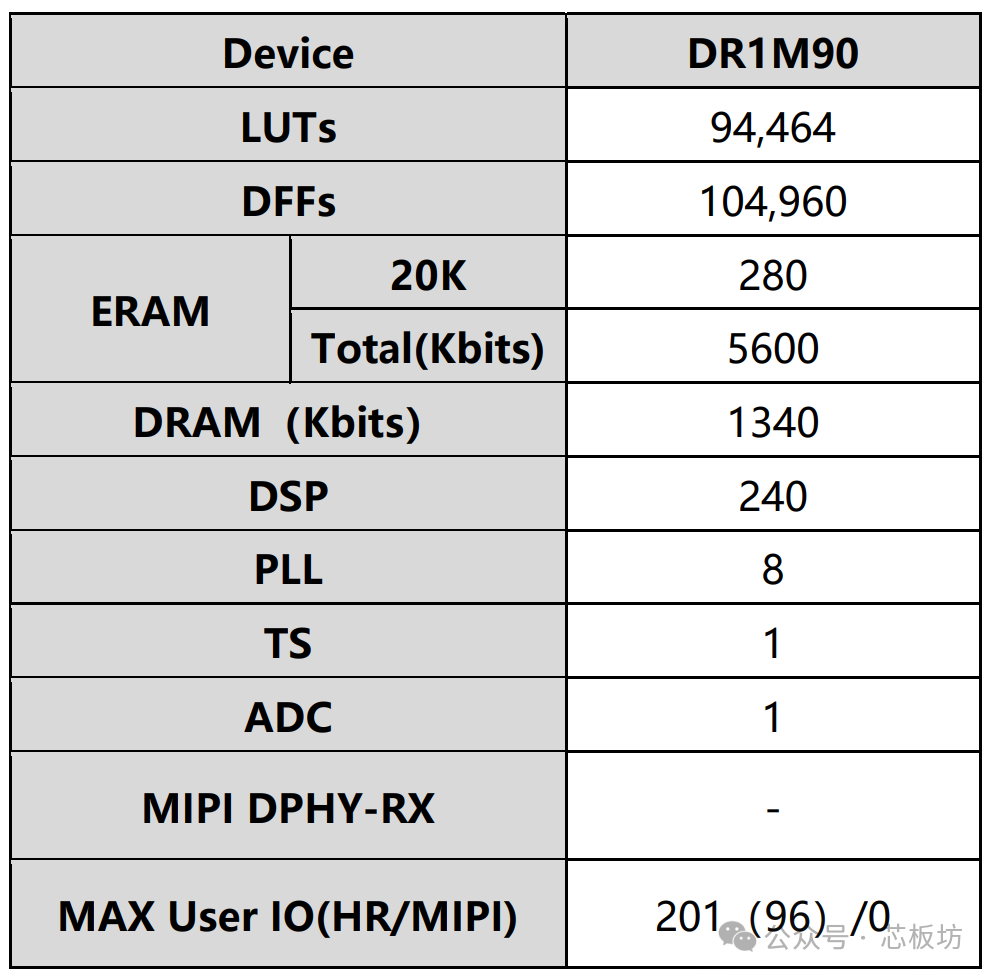
It is equipped with 1GB DDR3 memory, 8GB eMMC, and 32MB QSPI Flash.
The core board of the Mill YM90X measures 50x52mm.
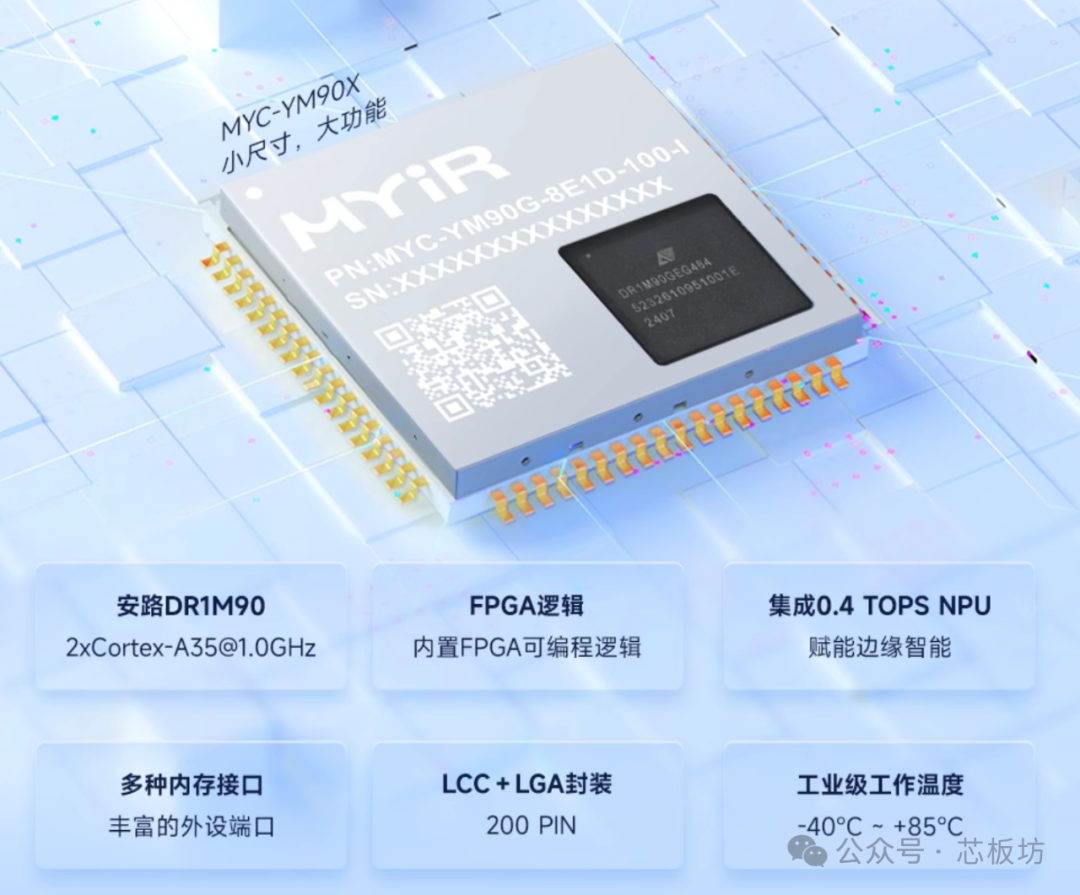
It uses an LC+C LGA package with 324 pins, 200 IO interfaces, a 12-layer high-density PCB design, gold immersion process, lead-free solder, and an independent ground signal layer. Industrial and commercial grade core boards are available.

The expansion board interface is very rich, with 4 40-pin header expansion interfaces and 1 40-pin Raspberry Pi expansion interface. There are also JTAG interfaces, battery interfaces, and a power switch.
It has two Gigabit Ethernet ports, USB 2.0 interfaces, and HDMI interfaces.
It requires a 12V power supply, with the official pairing being a 12V3A power supply.

It also has a MicroSD card slot and an LCD display interface.
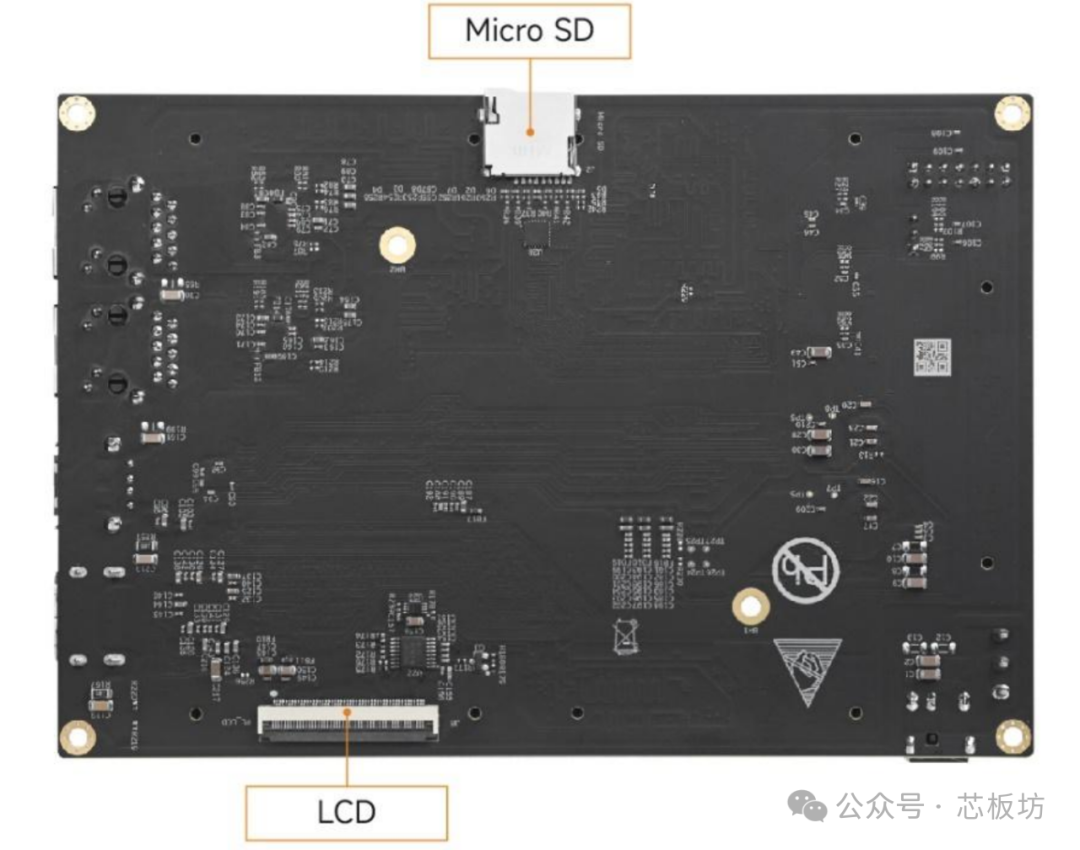
In terms of systems and software, Mill provides two options: one is a streamlined version image built with Yocto, and the other is a full-featured image. There are also abundant FPGA development resources.
For FPGA, Anlu provides the TangDynasty and FutureDynasty IDEs.
In terms of pricing, the core board currently only has an industrial grade version, priced at 499.
The expansion board currently only has a commercial grade version priced at 699.
There are also discounts available for purchases during this time, which are quite substantial, so it’s worth checking out.
Overall, I think this development board is quite worth buying.
Especially if you have FPGA design needs.
It is known that core boards based on high-cloud FPGA without ARM cores currently cost around three to four hundred, while this one has dual ARM cores and even a 0.4TOPS NPU, at a similar price. So, the cost-performance ratio is quite impressive.
Moreover, there is an industrial grade version available, and Mill’s stability and workmanship are quite good. Recently, I found that obtaining information about Mill’s development boards has become easier; registering an account on their website and binding the SN and PN codes allows for direct downloads of all materials, which is much more convenient than before.
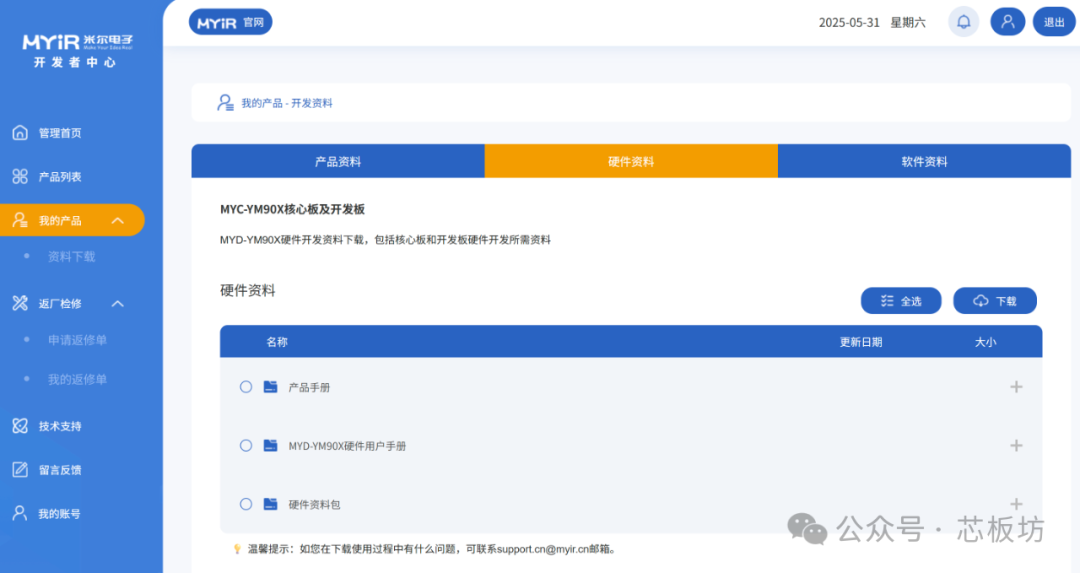
Our WeChat public account has launched AI intelligent Q&A
There are recommendations for development boards, searching for development board parameters, and other fun experiences
Development board selection website, everyone is welcome to visit, although it is not yet very complete, it has already recorded around 500 development boards. If you are interested or have needs, you can check out our selection website. If you have any good suggestions, you can also mention them in the group or leave us a message.Our website domain is:findboard.cn
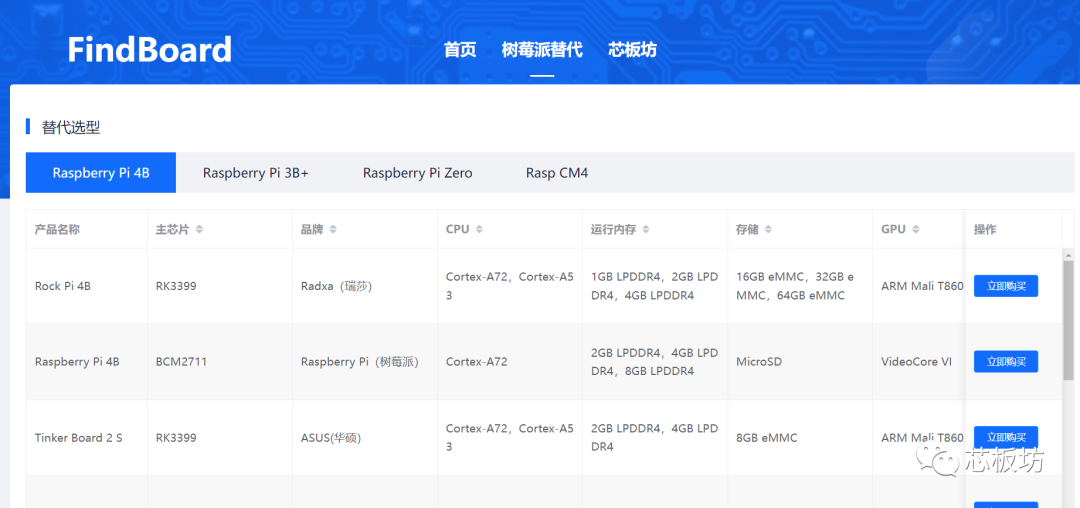
(We have not yet adapted for mobile, it is recommended to use a computer browser for access)